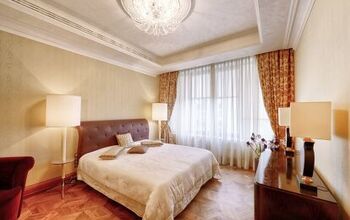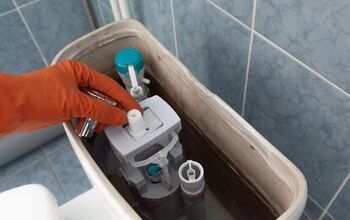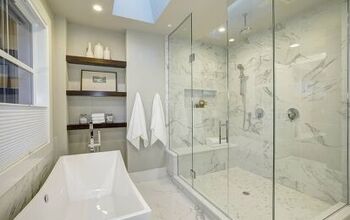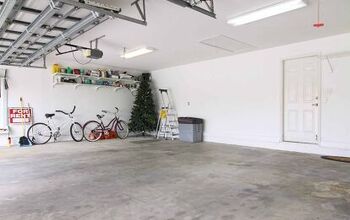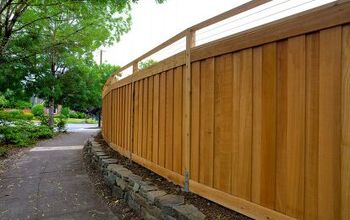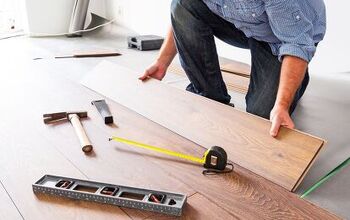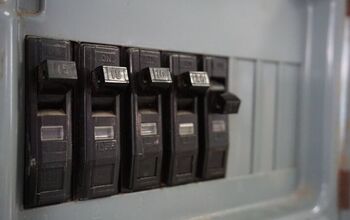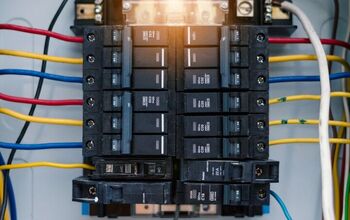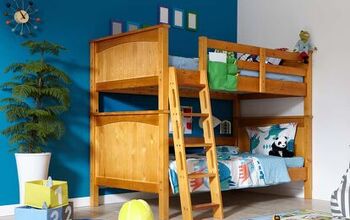Interior Design Tips To Improve Mental Health

Dealing with everyday stress while managing your mental and physical health can be tricky. That’s especially true if you go home to a house that you’re not happy with. However, you can change the way your home affects your mental health if you keep a few interior design tips in mind.
Natural light is an important part of a mental-health-centered interior design philosophy. Uncover your windows and bounce light using glossy paint and reflective surfaces to make your home feel warm and inviting. You can also contribute to positive mental health by installing warm lightbulbs, growing houseplants, and choosing calming paint colors, like blue and green.
Art is an important part of interior design, and it can have a lot to do with how your home’s design makes you feel. Of course, interior design and art are subjective, so your personal taste is important to consider. Follow along as we highlight seven essential interior design tips for your mental health.
How To Improve Your Mental Health With Interior Design
While interior design doesn’t solely determine mental health, it can affect your mood. That said, everyone has a different aesthetic, so there is no ironclad rule regarding how to improve mental health with interior design. That said, there are a number of tried and true interior design tips for your mental health, such as:
1. Boost Natural Light
If dark, gloomy spaces make you feel unmotivated, stressed, or sad, you're not alone. Natural light plays a role in serotonin production, which explains why your home’s natural brightness can affect your mood. Maximize the natural light in your house to create a happy and positive mood throughout the space.
The easiest way to do this is to uncover as many of the windows in your house as possible to let natural light shine through. You can maximize the effects by strategically placing mirrors in spots where they can reflect natural light. Glossy, reflective paint and surface finishes can help you achieve the same results, and they look great.
You can also install a skylight or sun tunnel to boost natural light, but that requires a minor renovation. Installing a skylight or sun tunnel can cost over $1,000, depending on the cost of materials and who you hire. Otherwise, you can get creative with some mirrors, paint, and flooring materials to maximize natural light in your house.
2. Choose A Comfortable Color Palette
A drab color palette may not necessarily make you feel depressed, but it probably won’t do much to make you feel happy. Soft pink, green, and blue are among the most popular colors in mental-health-focused interior design. They are considered tranquil, whereas brighter colors, like orange and yellow, are more uplifting.
The color’s tone and saturation are just as important as the color itself, especially if you’re an artistic homeowner. For example, overly saturated, loud color tones can be distracting and stimulating, which some people don’t like. Conversely, muted colors are relatively calming and easier to pair with other complementary hues.
That said, everyone has their favorite colors, so the ones that will help you the most may differ from your neighbor's. Keep that in mind and choose a color palette that makes you happy and comfortable.
3. Keep Your Home Clutter-Free
Life can be super busy juggling work, bills, health, laundry, and regular household chores. The last thing you need is to feel smothered and overwhelmed at home, even when you have nothing going on. However, that is nearly unavoidable if your home is packed full of distracting, unmanageable clutter.
Clutter can disrupt even the most beautifully designed room and render its merits useless. Many people feel that clutter triggers anxiety and makes them feel smothered at home. Clutter can cause stress, distract you, and detract from your home’s aesthetic.
It’s hard to turn your brain off and relax if you feel as if your messy home is unmanageable. You must regularly declutter your home, or else the interior design won’t even matter.
4. Grow Houseplants
Houseplants can work wonders to enhance your home’s interior design and improve your mental health. That’s especially true if you’re prone to seasonal affective disorder (SAD) and if nature is important for your state of mind. Not only do houseplants look great, but they can also improve indoor air quality and give you a relaxing hobby.
Caring for houseplants takes work, but it’s fun and easy after you get off to a good start. Even the act of watering your houseplants before or after work can help you decompress and relax. You can get creative by mixing and matching plants based on type, region, and color.
Some houseplants rely on natural light, but it’s worth getting grow lights if you want to cultivate a wide variety of plants. This is also a great chance to use glossy, reflective paint to maximize natural light and nurture your plants.
5. Change Your Lighting Setup
Many people are sensitive to unpleasant fluorescent lights. They aren’t particularly aesthetically pleasing, and can even cause stress and disrupt sleep. Many people prefer warm light, as it can induce relaxation with a color temperature of 2700K-3000K.
However, others prefer cool white light for the energizing effects. If possible, you can experiment with using cool light in some rooms and warm light in others. For example, cool light works well in the kitchen, where you may drink coffee to energize yourself before work.
Conversely, warm light is better in bedrooms and common areas where you typically unwind. It may take some trial and error, as everyone responds differently to light and color temperature. Luckily, light bulbs are cheap enough that you can experiment with several options without breaking the bank.
6. Prioritize Accessibility
Accessibility is an important part of interior design that some people disregard when setting up furniture. Nothing in your house should be hard to reach, and you should be able to walk around easily from room to room and around furniture. However, that can be tricky if you close the gaps in certain rooms and create unnecessary obstacles.
That’s especially true in your bedroom and in common areas, like the family room and living room. For example, placing furniture, chairs and couches too close to each other can make getting up and sitting down difficult. Leave enough space between pieces of furniture so that people can easily get up, sit back down, and stretch out.
An intuitive furniture setup is important, so people don’t pause and figure out where to go when entering a room. A comfortable furniture setup paired with warm lighting and complementary wall paint can make any room a nice haven.
7. Enrich The Environment With Art
Some people appreciate art more than others, and that’s totally fine. However, people who love art can significantly benefit from displaying artwork that makes them happy. Art is subjective, so this can vary widely depending on one's preferences.
That said, you must consider the adage “art imitates life” when picking items for your home. For example, hanging art that depicts morbid subject matter and features dark colors may not be a great idea. However, that may be perfect for you if you’re a fan of horror films and thrillers.
Otherwise, it’s worth thinking about what you like to get out of art. Consider the art’s color palette and intention, as it will ultimately impact the surrounding room. The most important thing is to pick art that makes you happy.
Summing It Up
It’s important to increase natural light using windows and reflective surfaces to boost mental health through interior design. You can also help to fight stress and elevate happiness by growing houseplants, decluttering, and using warm light. Some people hang art to enrich their home’s aesthetic and make them happy.
Related Guides:

Nick Durante is a professional writer with a primary focus on home improvement. When he is not writing about home improvement or taking on projects around the house, he likes to read and create art. He is always looking towards the newest trends in home improvement.
More by Nick Durante











